This week, our Made in Nepal brand highlight features HattiHatti! I came across HattiHatti at an event in Patan focusing on eco-friendly brands that were made in Nepal. I absolutely love this company and their concept, and I’m excited to share it with my readers. I got a chance to interview the Executive Director, Sajna Jirel about what makes HattiHatti so special. Check it out…

Tell me and the readers a little about yourself…
I am Sajna Jirel, working in the position of Executive Director at HattiHatti (HH) Nepal. After completion of my Postgraduate degree in Sociology, my interest in social fields pulled me to HattiHatti. Hence, performing the best of me at HH since 2017. I am open minded and very social by nature. People who know me call me funny too 🙂 I love singing and the bathroom is my best place!
Why is the brand called HattiHatti?
Our brand name is HattiHatti Nepal. (Hatti means elephant in Nepalese.) Among elephant’s qualities; living in a herd, helping and supporting each other are some. These are the qualities we believe in HattiHatti and support each other to grow together. Hence, our logo carries qualities of our organization.

What products do you make?
We upcycle old/vintage sarees to make kimonos, bow-ties, headbands, scrunchies, dresses, pants, etc. and sell them at affordable prices so that people can have options of sustainable fashion and contribute to sustainability.
What inspired the start of HattiHatti?
We wanted to find ways to help the women of Nepal, make them independent; socially and economically and feel the joy of their lives. After some research on Nepali communities, we found out that tailoring is quite common among Nepali communities. Hence, with tailoring training and non-formal education, HattiHatti started its work to empower women to entrepreneurship.
How are the items produced?
The items/products we make are from old/vintage sarees. The day these sarees come to the HattiHatti office, they are washed and shade dried. The next day, they are ironed and taken to the respective tailor ladies to turn into different refashioned kimonos, bowties and/or head accessories. Each product carries a label with a particular number of the tailor who makes it and the buyer can meet their tailor through the website.
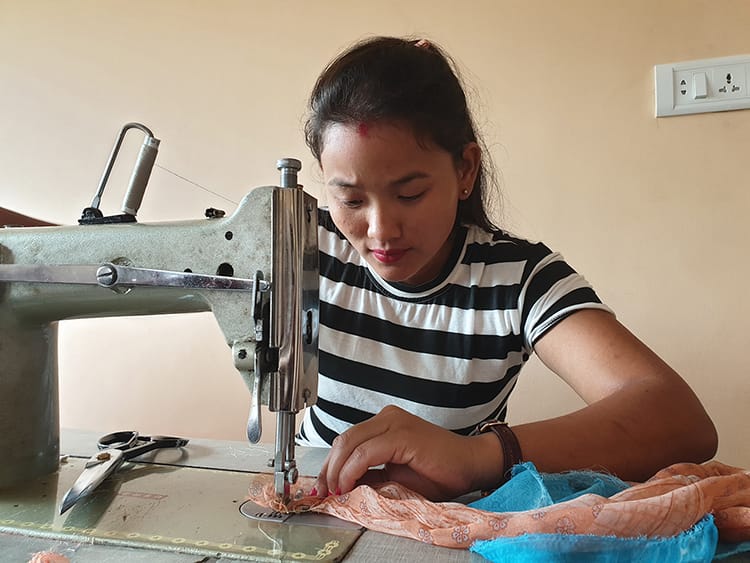
What makes your products special or unique?
Transparency is the key of our organization and this makes us stay unique. Every product has a label which has the tailor number. So the link in it takes the buyer to the website and meets their tailor.
What is the price range of your items?
The price ranges are from 75 rupees ($0.75 USD) at the lowest to 2200 rupees ($20.00 USD) at the highest.
How many people do you currently employ in Nepal?
Currently, we have 7 beneficiary tailors and 3 operation teams which includes Executive Director, Marketing Head and Finance Head.

Where can people buy your items?
People can find our products at 2 local stores that promote local brands; The Local Project Nepal (Jhamsikhel and LeSherpa) and Timro Concept store (Bakhundole). Also, customers can visit our office at Ekantakuna Rd., Jawalakhel to buy products.
What does the future hold for HattiHatti?
The future plan of HattiHatti is to reach more girls in the rural communities and empower them to entrepreneurship. And open a store where the girls from these communities can sell their products and reach the market sphere.
What is the best part of running this company?
The best part of running this organization is the fluence that is created among the women and seeing their growth from a dependent girl from a marginalized community to an independent entrepreneur.
Is there anything else you’d like to share about your brand?
HattiHatti is not just a brand but a whole story of a girl who dreams to be an independent individual of her family, community and create her identity. So, keep loving HattiHatti and support local made.
Follow HattiHatti on social media…
Instagram page – @hattihattinepal_ & @hattihattiofficial
You might also like…

Michelle Della Giovanna
Writer at Full Time Explorer
I’m just your average New Yorker who quit her job in the fashion industry to explore the world. Come find out what it’s like to trade in five-inch heels for squat toilets.
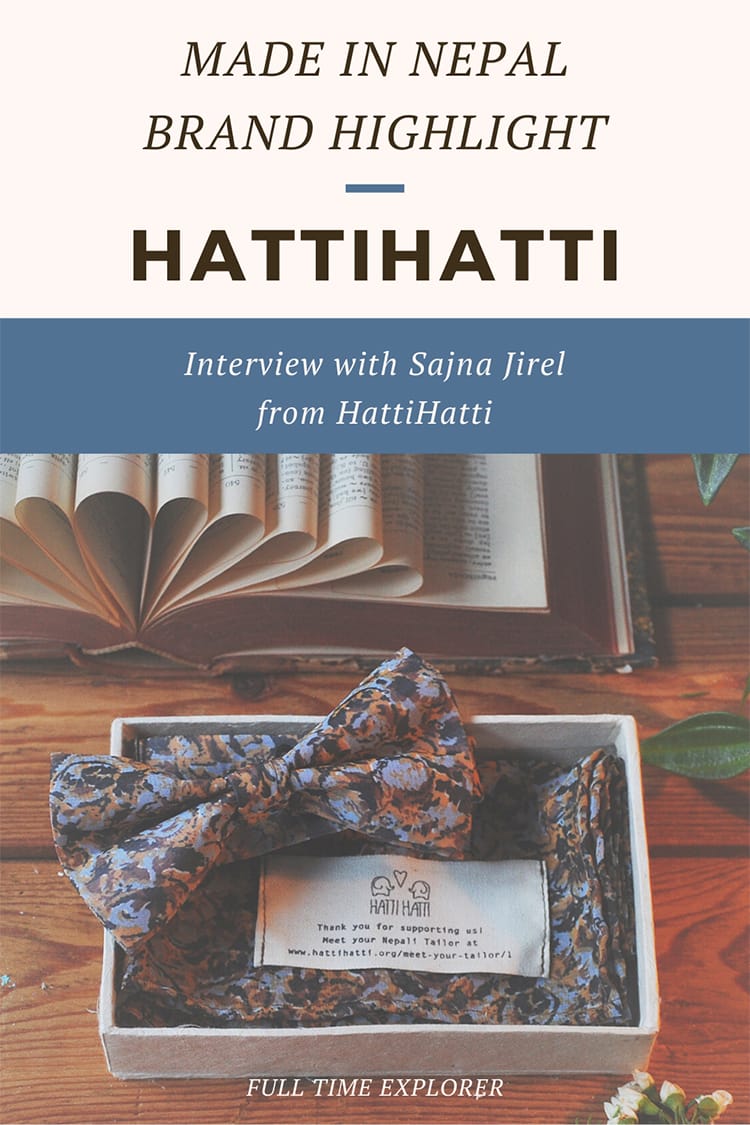
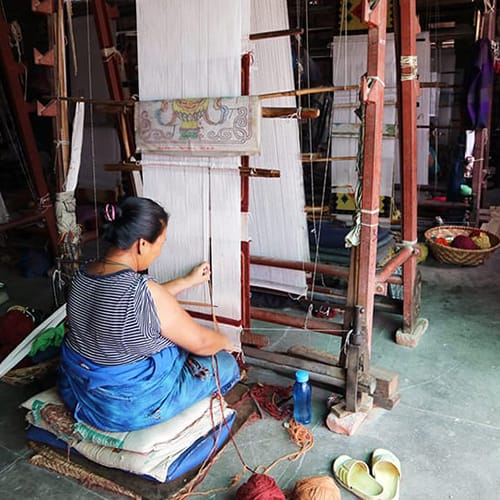
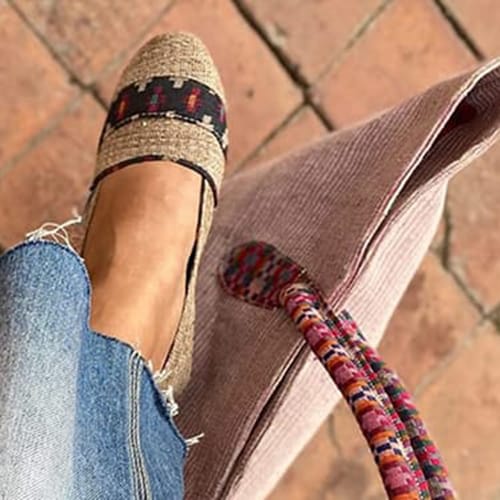
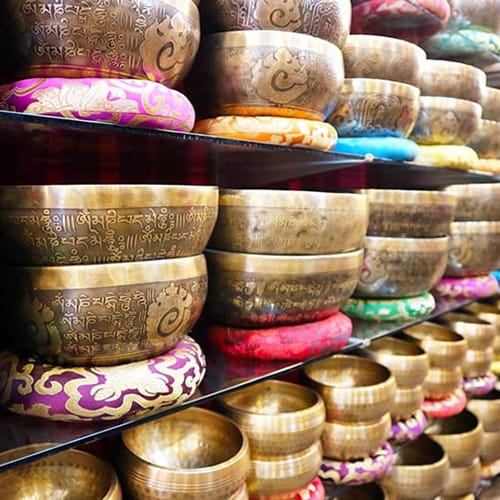
Leave a Reply